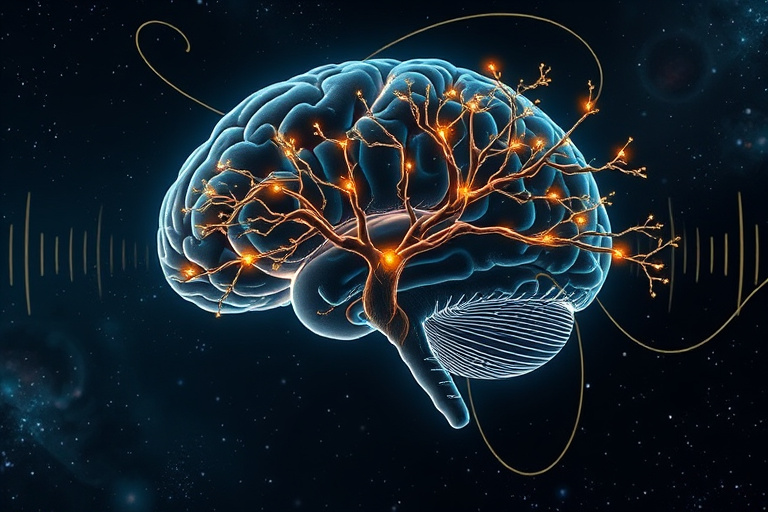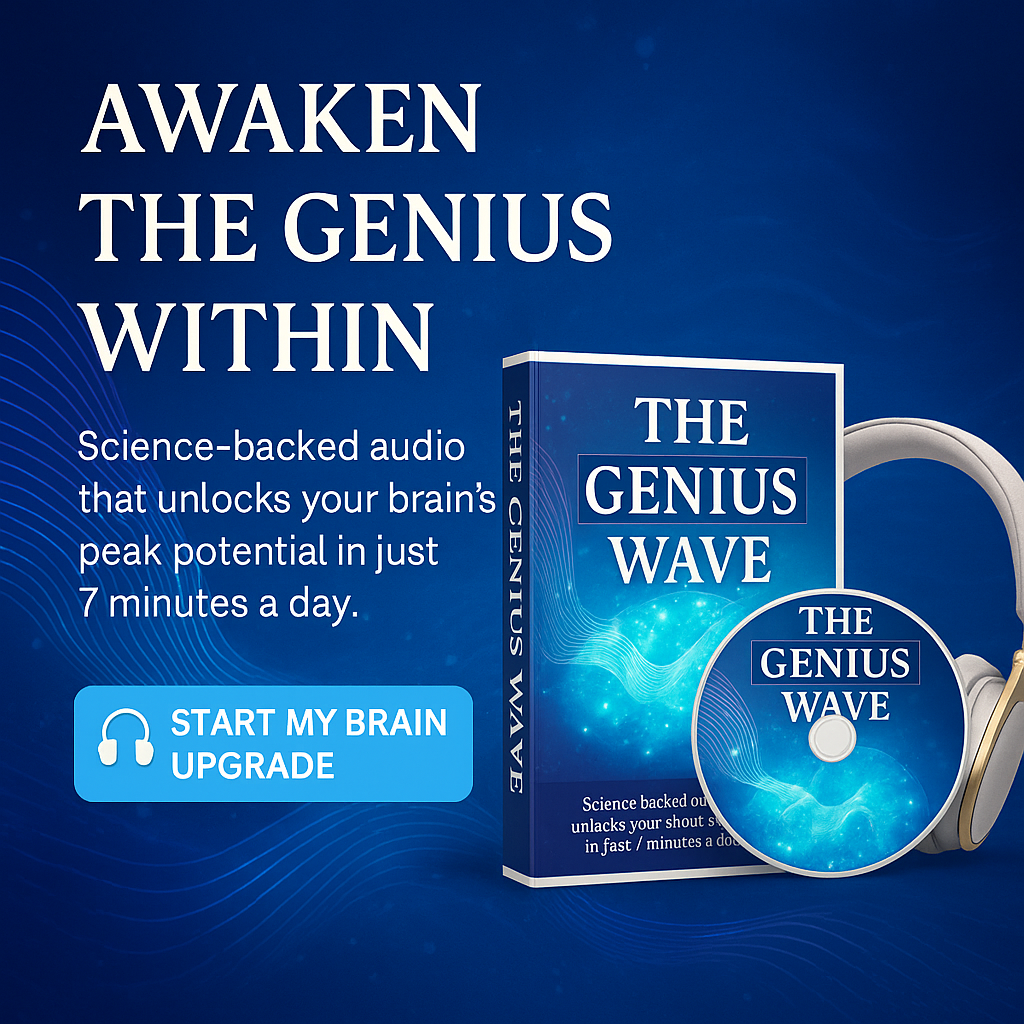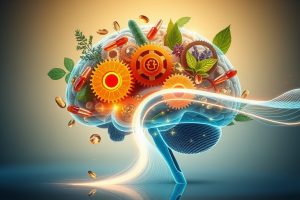Introduction: Understanding the “Genius Wave” and Brain Evolution System
The concepts of the “Genius Wave” and the Brain Evolution System have garnered attention in discussions about cognitive enhancement and human potential. The “Genius Wave” is often described as a specific brain state associated with heightened intelligence, creativity, and mental clarity. Meanwhile, the Brain Evolution System refers to a broader framework that suggests our brains have evolved over time to optimize certain neural functions, potentially allowing individuals to unlock greater cognitive abilities.
Comparing these two ideas matters because it bridges scientific understanding with emerging technologies and self-improvement methods. This article aims to explore the scientific validity of the “Genius Wave,” how it relates to brain evolution, and what implications this has for cognitive science and human development.
What Is the “Genius Wave”? Exploring Its Origins and Concepts
The “Genius Wave” is a term used to describe a hypothesized brain state characterized by specific neural oscillations believed to facilitate peak mental performance. It is often associated with particular brainwave frequencies, such as gamma or alpha waves, which are linked to states of heightened focus, creativity, and problem-solving ability.
Is the “Genius Wave” a scientifically recognized phenomenon? Currently, it is more of a modern hypothesis popularized through media and marketing rather than a formally established scientific concept. Many self-help programs and neurofeedback devices claim to induce this state, suggesting that entering the “Genius Wave” can unlock hidden cognitive potential. However, scientific consensus on its existence and efficacy remains limited.
In media and marketing, the “Genius Wave” is often portrayed as a natural or easily attainable state that can dramatically boost intelligence, but these claims should be approached critically until supported by rigorous research.
The Neuroscience Behind the “Genius Wave”: How Brain Dynamics May Mirror Evolutionary Processes
Neuroplasticity—the brain’s ability to reorganize itself by forming new neural connections—is fundamental to understanding cognitive enhancement. It underpins how training, experience, and possibly targeted stimuli can improve mental functions over time.
Brainwave synchronization and neural oscillations, such as gamma waves associated with high-level information processing, are often linked to states of increased intelligence and focus. These oscillations reflect coordinated activity across different brain regions, facilitating complex cognitive tasks.
Comparing the “Genius Wave” with known brain states, such as gamma or alpha waves, suggests that certain neural patterns may underpin moments of insight or peak mental performance. Some researchers speculate that these patterns could mirror evolutionary processes, where the brain’s capacity for synchronized activity has developed to optimize cognitive functions.
Does brain evolution involve similar neural patterns? While evolutionary changes have shaped the structure and connectivity of the brain, the specific neural oscillations associated with the “Genius Wave” are more transient states rather than fixed evolutionary traits. Nonetheless, understanding these dynamics offers insight into how our brains might be capable of reaching higher levels of function.
Comparing the “Genius Wave” to Brain Evolution: Scientific Perspectives
Current neuroscience indicates that brain evolution has led to increased complexity and specialization in regions associated with intelligence, such as the prefrontal cortex. Over time, these developments have enhanced our capacity for abstract thinking, problem-solving, and learning.
Are there measurable markers that resemble the “Genius Wave”? Researchers measure brain activity using techniques like EEG and fMRI, which can detect neural oscillations and activity patterns. While certain high-frequency brainwaves are associated with cognitive tasks, there is no definitive evidence that a specific “Genius Wave” pattern exists universally or can be reliably induced.
Brain areas involved in intelligence and learning have evolved to become more interconnected, supporting complex neural networks. Whether the “Genius Wave” represents an accelerated form of natural evolution or a transient state remains an open question. It is more plausible that it reflects a particular brain state that can be temporarily achieved rather than a direct product of evolutionary change.
Scientific Evidence and Validity: Is the “Genius Wave” Based on Rigorous Research?
Research supporting or refuting the “Genius Wave” concept is limited. While studies have shown that certain brainwave patterns correlate with specific mental states, there is insufficient evidence to confirm that inducing these patterns reliably enhances intelligence or creativity.
Key studies on neuroplasticity demonstrate that the brain can adapt and improve through training, but these improvements are typically gradual and context-dependent. Similarly, research on brain wave patterns highlights their role in cognitive processes but does not establish a direct causal link to a “Genius Wave.”
Limitations in current scientific understanding include the difficulty of isolating specific neural oscillations as markers of genius or peak performance. More rigorous, controlled studies are needed to validate claims about the “Genius Wave” and its practical applications.
Implications for Human Potential, Education, and Technology
Emerging brain research influences how we approach learning and cognitive training. Techniques such as neurofeedback aim to help individuals modulate their brainwaves, potentially fostering states associated with improved focus and creativity.
Understanding phenomena like the “Genius Wave” could help unlock hidden potentials if scientifically validated methods are developed. For example, targeted brain stimulation or advanced neurofeedback devices might one day facilitate optimal brain states for learning and problem-solving.
The role of technology is crucial here; tools that track neural activity and provide real-time feedback could enable users to achieve desired brain states more effectively. For instance, exploring the the genius wave theta waves cognitive benefits explained can offer insights into how specific brainwave patterns contribute to mental performance.
Measurement and Detection of Brain Waves and Cognitive Performance
Researchers primarily use techniques like EEG (electroencephalography) and fMRI (functional magnetic resonance imaging) to measure neural activity. EEG, in particular, is effective at detecting brainwave frequencies associated with different mental states.
Scientists identify phenomena similar to the “Genius Wave” by analyzing patterns of neural oscillations during tasks requiring high cognitive effort. However, current metrics are limited in their ability to definitively validate the existence of a universal “Genius Wave.”
While these tools provide valuable insights, they are not yet sufficient to confirm the presence of a specific, reliably inducible “Genius Wave,” emphasizing the need for further research and technological advancement.
Addressing Hype and Commercialization: What to Watch Out For
Many products and programs claim to induce or harness the “Genius Wave” for rapid cognitive enhancement. These claims often exaggerate the scientific backing and promise quick results, which can be misleading.
Critical evaluation of such products is essential. Consumers should look for evidence-based approaches and peer-reviewed research rather than marketing hype. The importance of scientific validation cannot be overstated when considering tools designed to influence brain states.
Final Thoughts: Separating Science from Speculation in Brain Enhancement
In summary, the scientific community remains cautious about the concept of the “Genius Wave.” While there are intriguing parallels between neural oscillations and cognitive performance, definitive evidence supporting the existence of a specific “Genius Wave” is lacking.
Encouraging evidence-based approaches—such as neuroplasticity training and cognitive exercises—offer more reliable pathways for enhancing mental capabilities. As research into neural oscillations and brain states advances, future discoveries may clarify whether phenomena like the “Genius Wave” can be harnessed effectively.
Ultimately, maintaining a critical perspective and relying on rigorous scientific research will ensure that efforts to improve cognition are both safe and effective.




